The Adolph Biermann House in Rochester
The Adolph Biermann house in Rochester is the oldest documented structure in the Mayowood Historic District and one of the oldest in Olmsted County. The property was settled in 1854, and the house was built in the mid-1860s by John Harmon, a farmer from New York who moved west to acquire a large tract of land where he planned to grow wheat. The two-and-a-half-story house was a simple farmhouse constructed of red brick. Inside, corner rooms opened into a central hallway on the main level and the bedrooms were located upstairs.
Harmon’s farm venture was unsuccessful and he tried many times over twenty years to sell the property and move further south. He finally found a qualified buyer in 1880, and he sold the farmstead and surrounding land to Adolph Biermann.
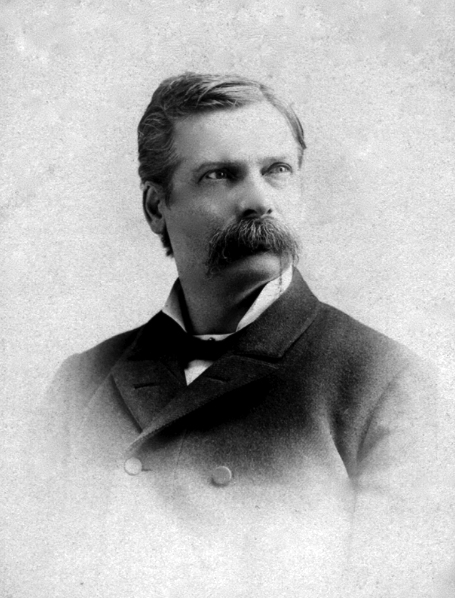
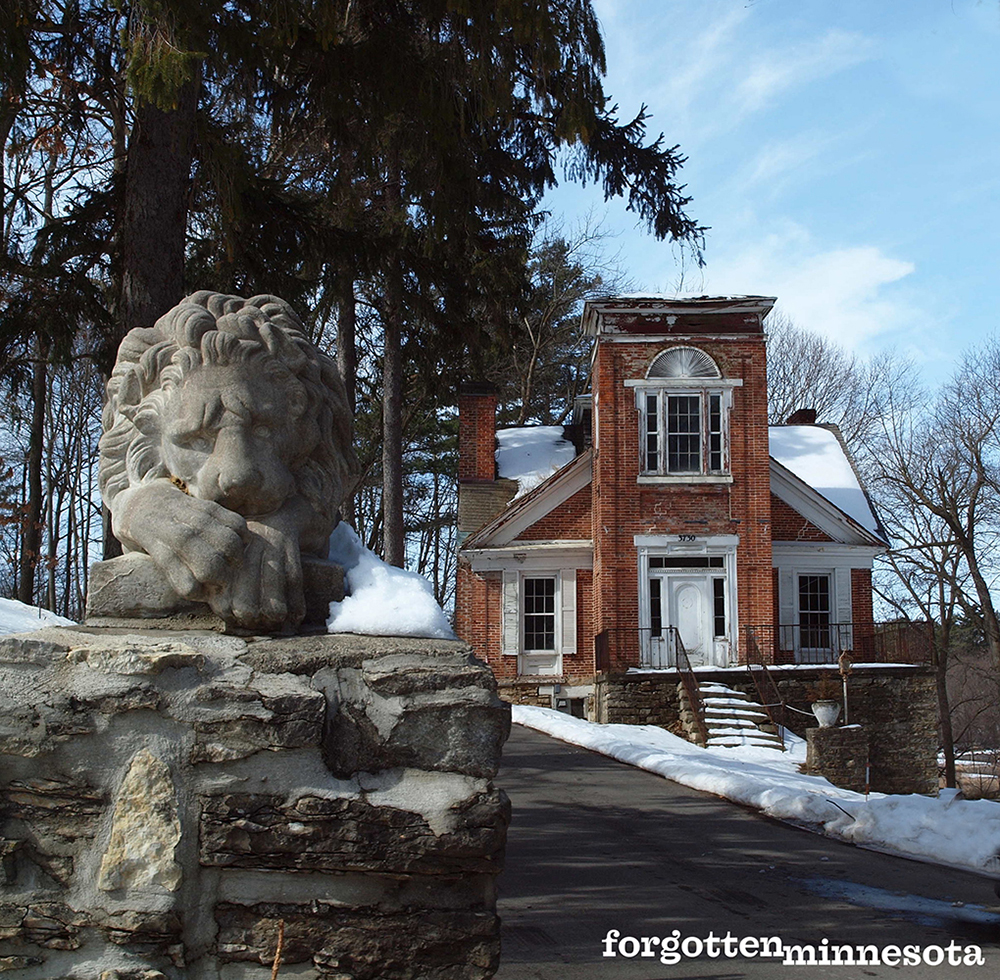
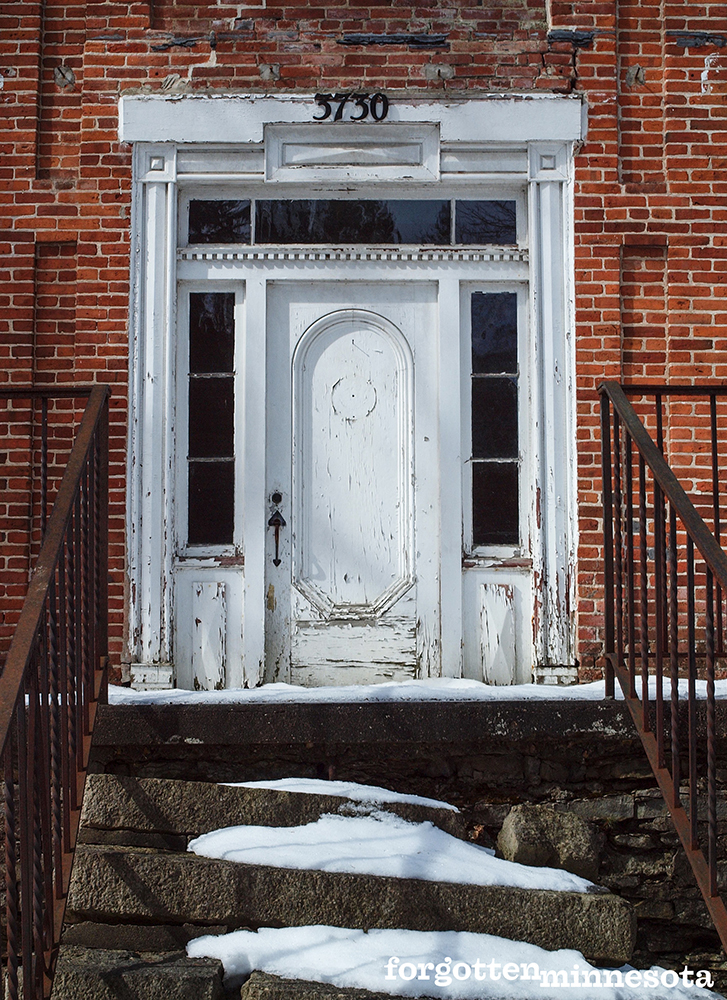
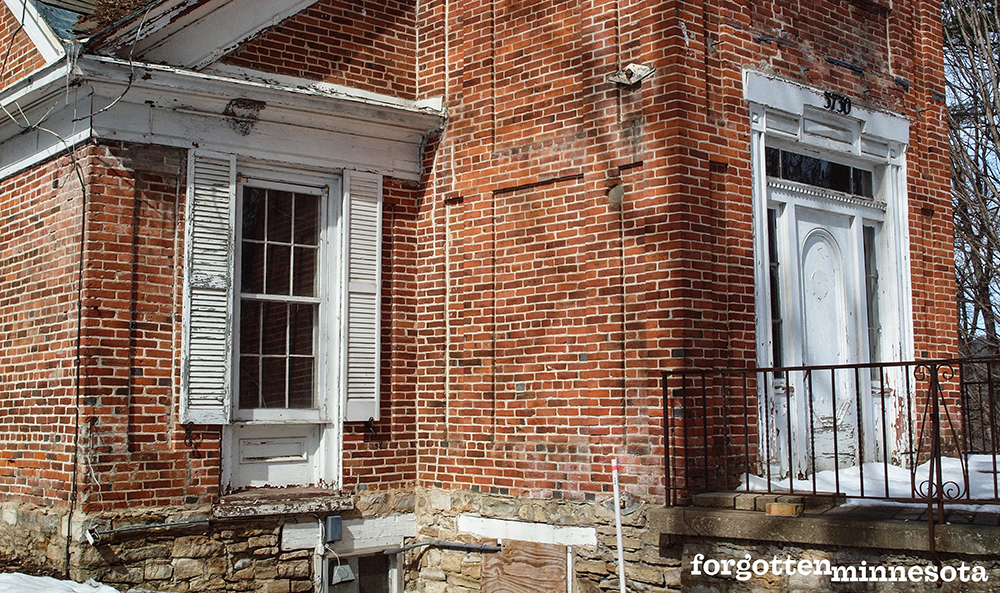
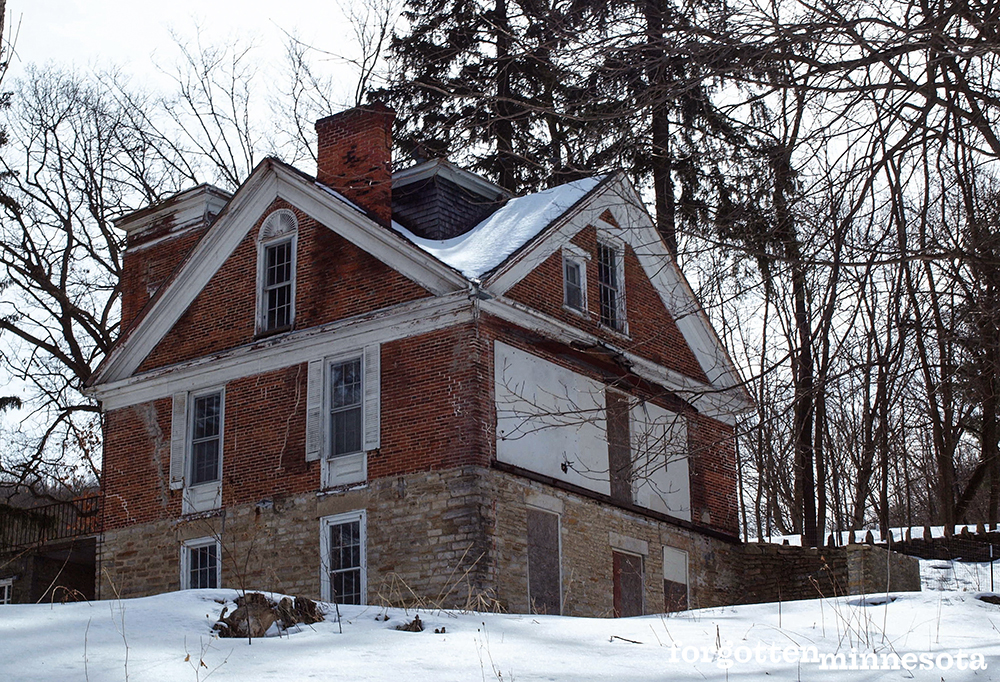
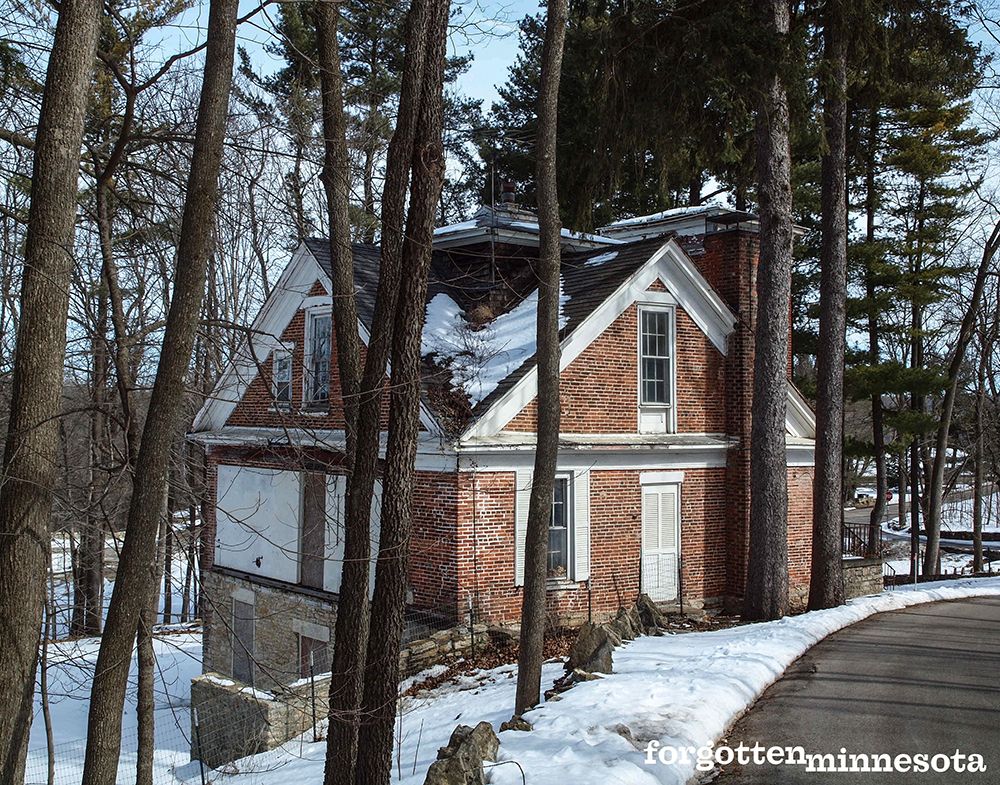
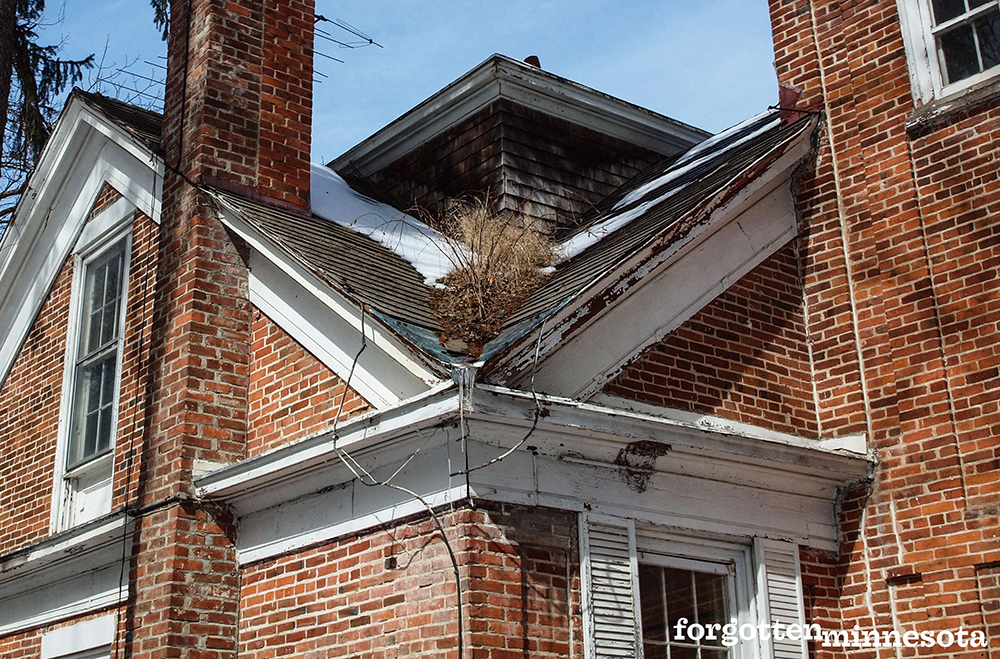
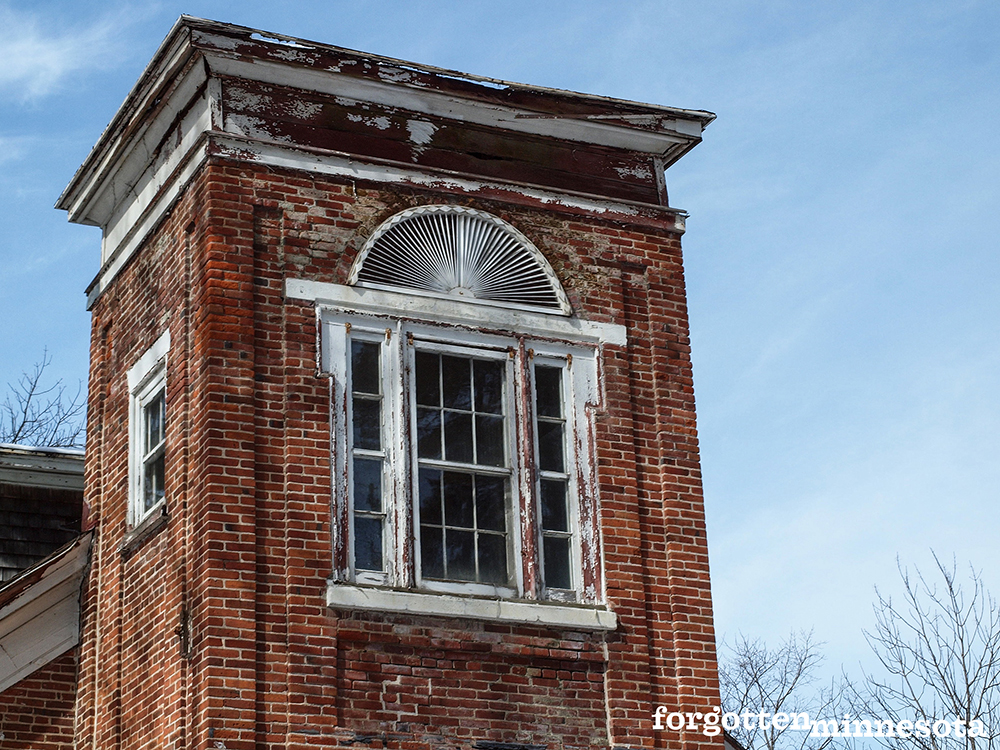
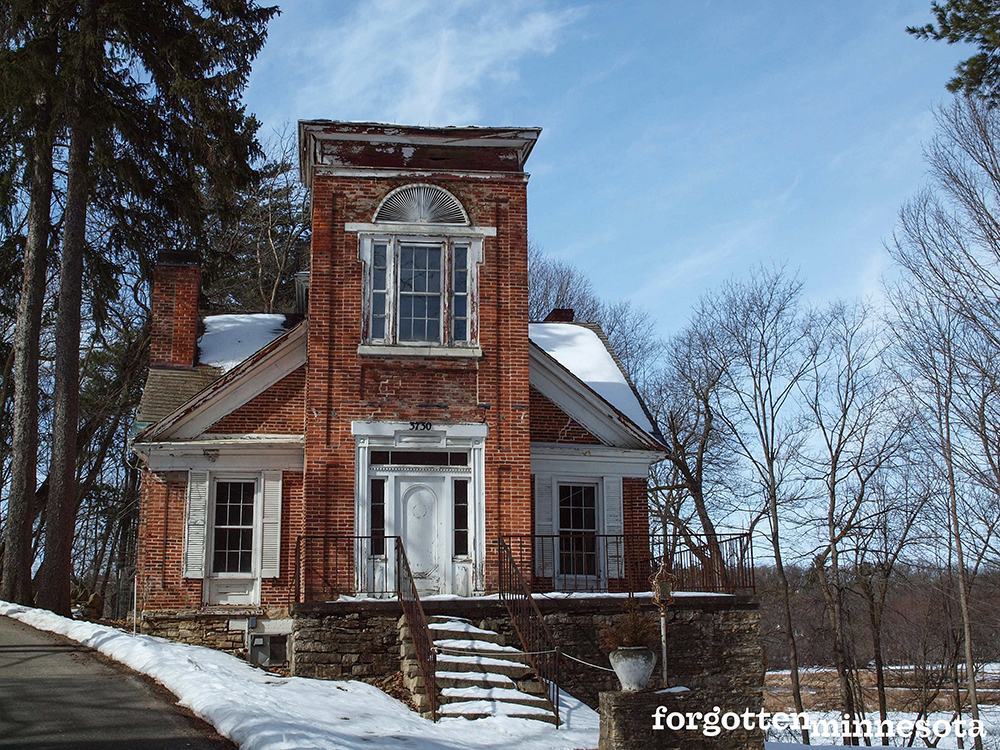
Adolph Biermann came to the United States from Norway in 1862. He settled in Milwaukee and served three years in the 24th Wisconsin Volunteer Infantry Regiment during the Civil War. After the war, Biermann moved to Rochester. His ambitions were mostly political–he ran for the office of Registrar of Deeds in 1872, but was unsuccessful, but he won a bid for County Auditor two years later. He served three terms in that capacity while continuing to seek higher public office. His run for Governor in 1883 was unsuccessful, as was a later run for Minnesota Secretary of State, and then for a seat in the United States House of Representatives. He was eventually appointed state tax collector and later won the race for State Auditor. He served in that role between 1891 and 1895.
Biermann was a bachelor and rarely spent time at the farm in Rochester. His work in St. Paul kept him away from the farmstead, so he shared the house with several farm families over the years. They cultivated and worked the land while living in the main part of the home. Biermann took control of managing and diversifying the farm and marketing the products it produced. He added the grand entry tower to the front of the home to give himself a private entry to his living quarters on the lower level, and a separate entrance to the main level to the family that lived with him.
In 1907, Biermann sold his 340-acre farm to William and Charles Mayo for $20,000. He moved a few miles east to a smaller farm where he lived until his death in 1914. The Mayo brothers were likely familiar with the Biermann property because of its popularity as a private picnic spot for Rochester’s young social elite. They intended on using the farm as a summer residence because of its picturesque landscape and proximity to the Zumbro River. Charles–known colloquially as Dr. Charlie–and his family often stayed at the Biermann house before building a weekend retreat adjacent to the home. The family then constructed Mayowood on top of the hill and moved into the sprawling mansion in the 1920s.


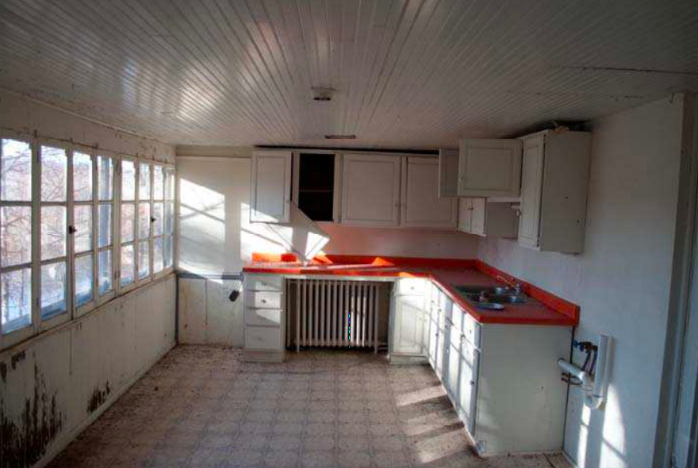

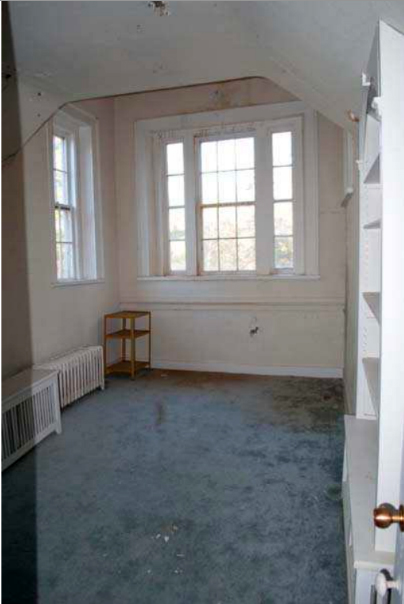
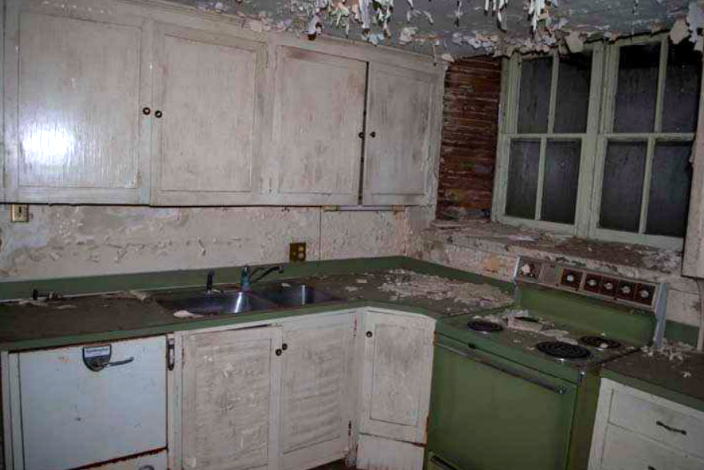
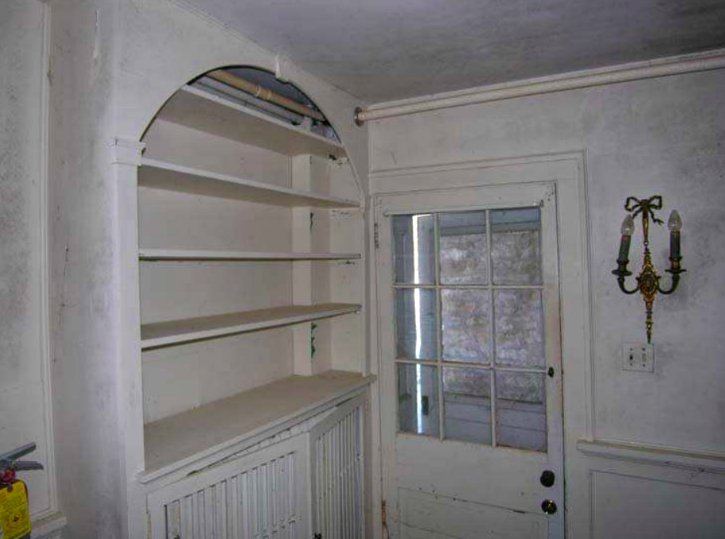
Dr. Charlie indulged his pastime of experiential farming on the property, which became known as Mayowood Farms. He sought to develop a model farm that would advance both agriculture and public health in and around Rochester. He hired managers to oversee the operation and staff to work at the farm, greenhouse, stables, and dairy. Dr. Charlie continued to use the Biermann house as a residence for some of Mayowood’s domestic staff.
After Dr. Charlie’s death, the entire Mayowood complex was inherited by his son, Dr. Charles “Chuck” Mayo. Dr. Chuck’s in-laws moved into the Biermann house and took over the management of the farm until the mid-1950s. They lived in the home until 1966 when Dr. Chuck’s son moved in with his wife and children. After Dr. Chuck and his wife died, the Biermann house was used as a rental property.
In 1979, Olmsted County acquired the home during the first phase of the Mayowood Corridor Project–a recreation trail–with the hope of using the home as an interpretive center and caretaker’s residence. The county believed that the revenue income the house generated would be more than adequate to cover repair and maintenance needs. The project never moved forward due to significant opposition by residents west of Mayowood Dam. The county continued to own the home because the terms of the funding under which it was purchased didn’t allow them to sell it. They operated the home as a two-unit rental property until 1991, generating more than $7,000 for the county per year.
In March of 1991, the county signed a 25-year lease with the Olmsted County Historical Society who agreed to use the property for their use in exchange for keeping it in good repair, insuring it, and paying any taxes or assessments against it. The executive director of the historical society lived in the home until 1999 when a substantial plumbing failure damaged its heating and plumbing system and much of the interior of the home. The damage was not repaired and the house has been vacant since then. Plans to repair and use the property were proposed by the historical society, but none were realized before their lease of the house expired in 2016. It is now up to Olmsted County to find and approve a plan for the restoration and redevelopment of the property. At the time this article was written, a sale between Olmsted County and Joe Powers was in process. Powers has vowed to restore the building.
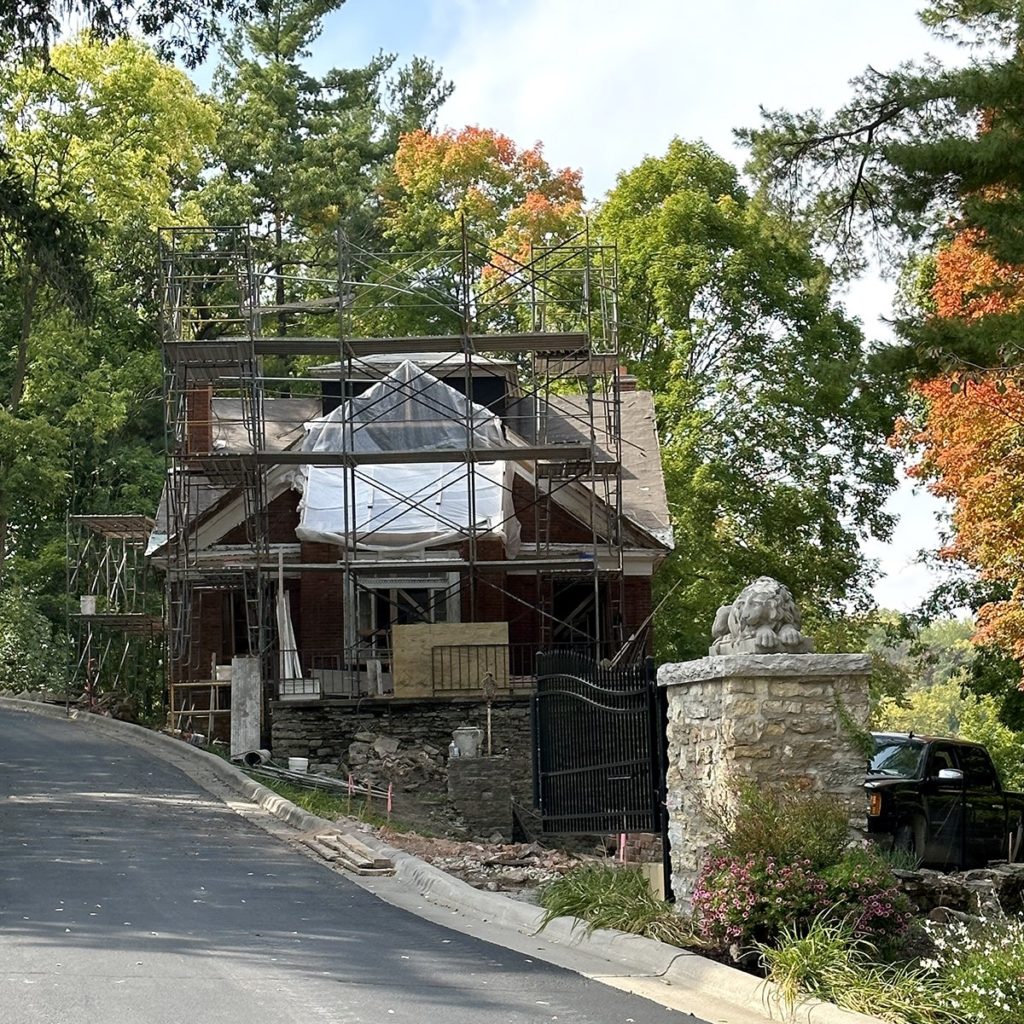
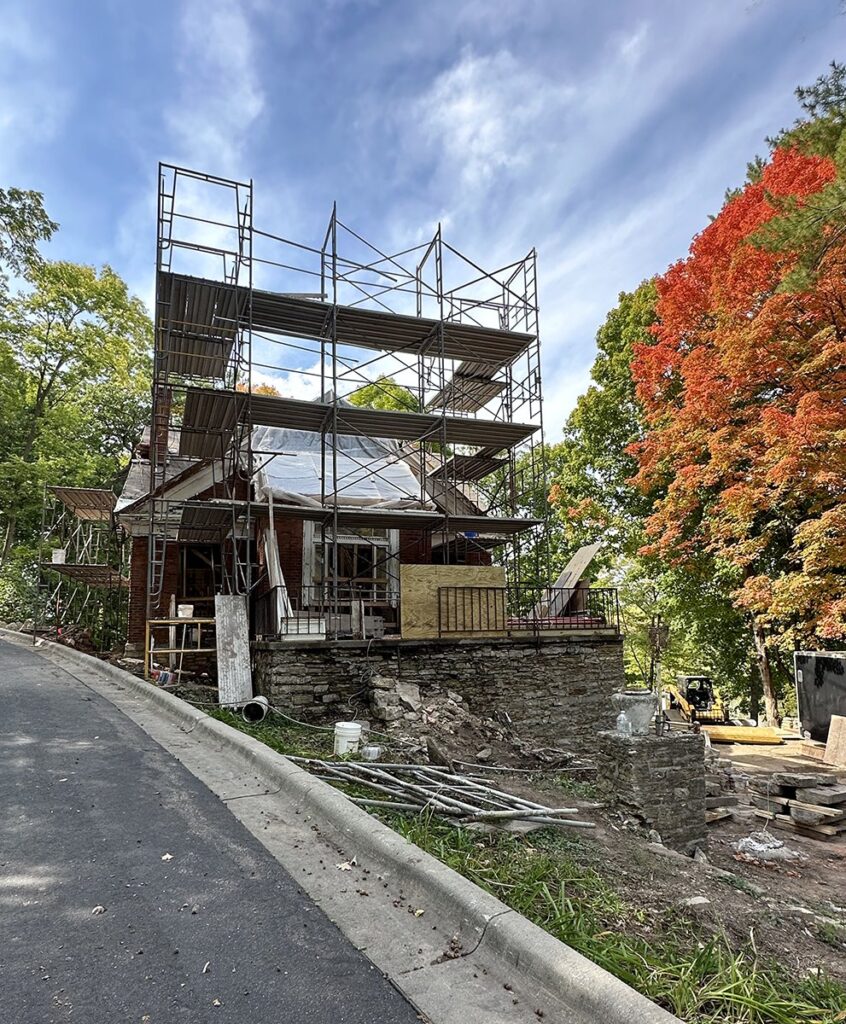
UPDATES
The land transfer needed to complete the sale of the property was completed and the property was turned over to Powers in late-2021. He hopes to begin the restoration of the house in 2022.
Restoration began in the summer of 2023. When the work is complete, it will be used as offices for the company doing the restoration work.
